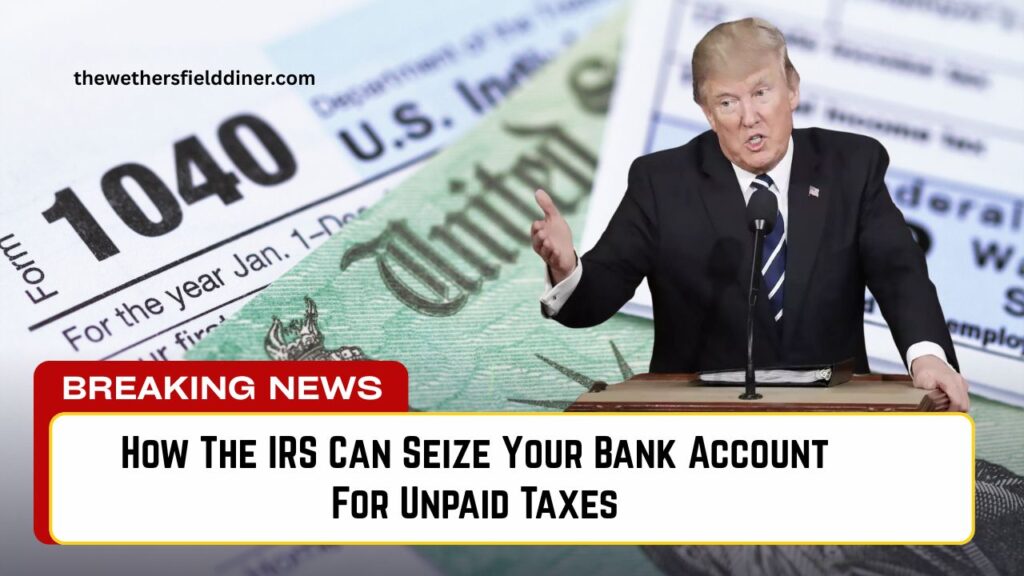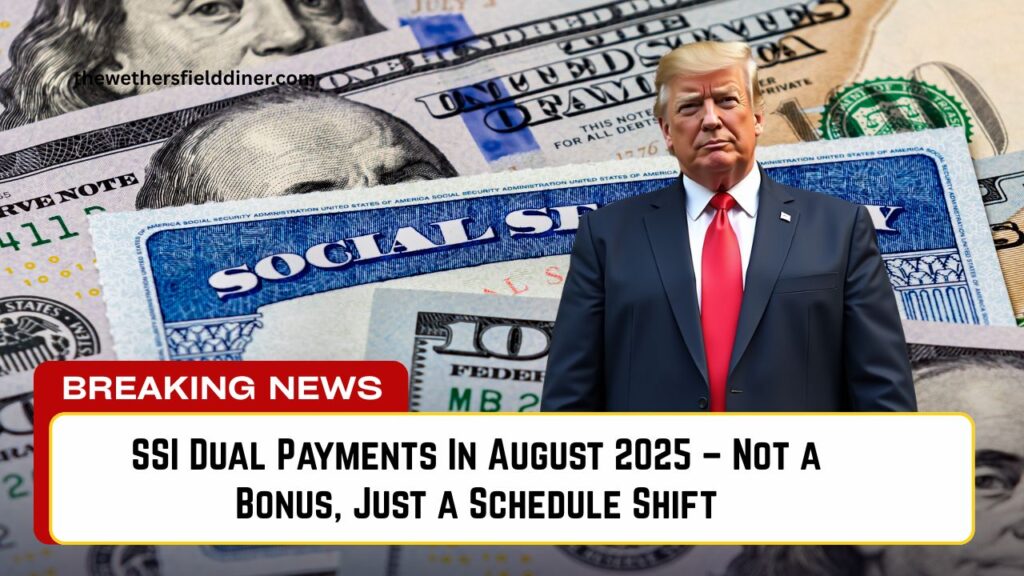When taxpayers fall behind on their federal tax obligations, the Internal Revenue Service (IRS) has several tools at its disposal to collect what’s owed. One of the most serious and legally enforced methods is known as a bank levy—a process that allows the IRS to seize funds directly from your bank account.
Let’s explore how this works, the steps the IRS must legally take before touching your money, and what you can do to stop it.
How the IRS Gets Authority to Levy Bank Accounts
The IRS’s authority comes from Internal Revenue Code Section 6331, which empowers the agency to seize and sell property or rights to property, including bank account funds, to satisfy unpaid tax debts. But this doesn’t happen without warning or due process.
Here’s the step-by-step legal process:
- Tax Assessment: The IRS determines a tax debt is owed (for income, payroll, or other federal taxes).
- Initial Bill Sent: You receive a formal bill (e.g., CP14 or CP501) stating your balance due, including taxes, penalties, and interest.
- Final Notice of Intent to Levy: If the debt remains unpaid, the IRS must issue a certified notice, such as LT11, CP90, or Letter 1058, at least 30 days before levying.
- Collection Due Process (CDP) Hearing Offer: You’re informed of your right to a CDP hearing to dispute or resolve the matter before levy action.
Failing to act at this stage can result in the IRS freezing your bank account.
How a Bank Levy Works
If no resolution or hearing request is made within 30 days of the final notice, the IRS may initiate a bank levy using Form 668-A(C)DO. This form is sent to your bank, instructing them to:
- Freeze all available funds in your account.
- Hold those funds for 21 calendar days before releasing them to the IRS.
This 21-day period provides a final opportunity for you to:
- Pay the debt
- Show financial hardship
- Provide evidence of IRS error
If nothing is resolved, the bank must release the funds to the IRS after the holding period, but only up to the amount owed.
Accounts the IRS Can Levy
The IRS can issue a levy on nearly all accounts with withdrawable funds:
| Account Type | Eligible for Levy |
|---|---|
| Personal Checking Accounts | Yes |
| Personal Savings Accounts | Yes |
| Credit Union Accounts | Yes |
| Joint Bank Accounts | Yes (in part) |
| Investment Accounts (liquid) | Yes |
In joint accounts, the IRS can only seize the portion that belongs to the liable party. The other account holder may contest the levy to protect their share.
What You Can Do to Stop It
Once you receive the Notice of Intent to Levy, you should act immediately. Your options include:
- Paying the tax debt in full
- Setting up an installment agreement
- Filing for an Offer in Compromise
- Requesting a CDP hearing within 30 days
If you do nothing, your money could be legally taken from your bank account.
Yes, the IRS can take your money, but not without notice and not without options. If you’re behind on your taxes, ignoring IRS letters could result in bank levies, leaving your account frozen and funds gone. The process is legal but also highly regulated, ensuring you have the right to respond, appeal, and negotiate.
The best way to avoid this situation is to communicate with the IRS early, stay compliant, and seek help from a qualified tax professional if needed.
FAQs
How much time do I have before the IRS takes money from my account?
You’ll receive a 30-day notice before any levy is enforced, and then the bank will hold your funds for 21 days before releasing them to the IRS.
Can I stop the levy once my account is frozen?
Yes. During the 21-day holding period, you can pay the debt, prove financial hardship, or contest the levy.
Does the IRS notify me before seizing my funds?
Absolutely. The IRS must send a Final Notice of Intent to Levy and offer a CDP hearing before any funds can be taken.


